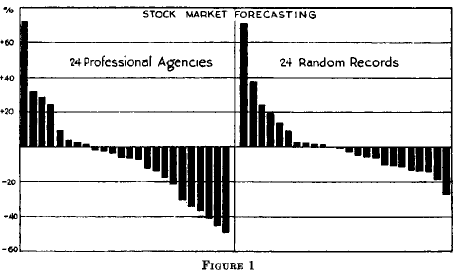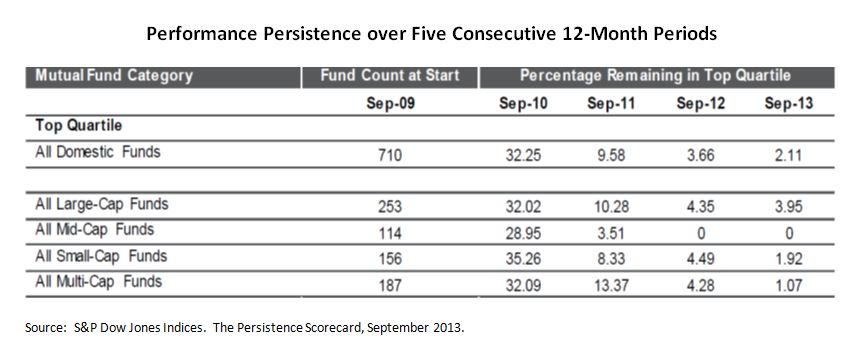Investors have long regarded the market’s overall level of volatility as an indication of its riskiness. The S&P 500 VIX Index, in particular, is often referred to as a “fear gauge” for U.S. equities since it tends to rise when investors are nervous and to fall when the markets are quiescent.
Although S&P 500 VIX has a strong claim to be primus inter pares in the volatility family, the family is large and growing. Earlier this week we introduced a new volatility and dispersion dashboard designed to help investors analyze trends in VIX and to comment on their implications for market developments. We were able to observe, e.g., that spot VIX was higher than the January VIX futures — an unusual alignment reflective of the market’s uncertainty about yesterday’s FOMC announcement.
Volatility gives us one way to measure risk, but vol itself is importantly influenced by a simpler but less well-known metric called dispersion. Think of dispersion as the difference, over a given period of time, between the “best” and the “worst” performers in a market index. If dispersion is low, the gap between “best” and “worst” shrinks. When that happens, any strategy that deviates from cap-weighted indexing — from a disciplined factor index to the most aggressive fundamental stock picking — will have less opportunity to add value than it would have had in a period of high dispersion. And when dispersion is low, other things equal, volatility will also tend to be low.
That’s the situation in which we find ourselves today. Although VIX has risen in the last month, it’s still well below its typical levels. Not surprisingly, stock market dispersion is also near its historical lows. We’d expect that in such a low volatility, low dispersion environment, active alpha will be both scarce and small.
The posts on this blog are opinions, not advice. Please read our Disclaimers.














































